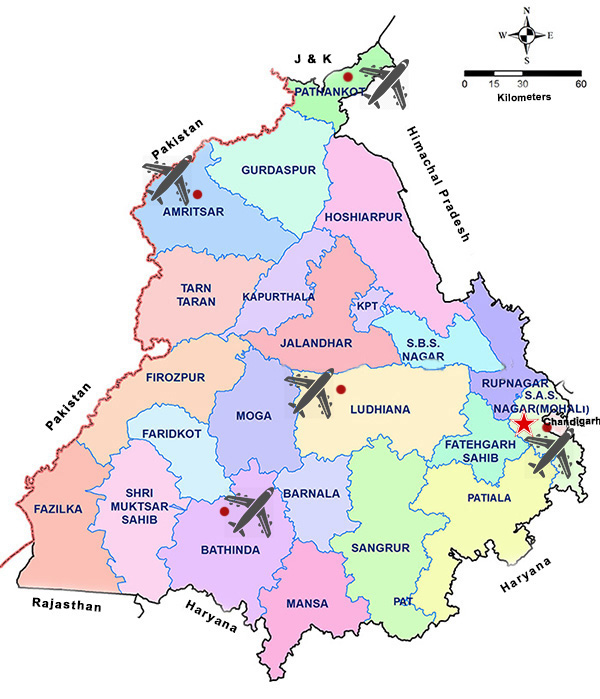Building the Future: The Rise of Autoclaved Aerated Concrete Blocks in India

In the world of sustainable construction materials, Autoclaved Aerated Concrete (AAC) blocks have emerged as a game-changer. Lightweight, eco-friendly, and energy-efficient, AAC blocks have revolutionized the construction industry in India. In this blog post, we will explore the journey of AAC blocks in India, from their inception to their widespread adoption, and the significant impact they have made on the country’s construction landscape.
1. The Birth of AAC Blocks:
The concept of AAC blocks dates back to the early 1920s in Sweden, where it was invented to address the rising demand for environmentally friendly building materials. AAC is a precast, non-toxic, and non-combustible material made from a mix of cement, lime, silica sand, water, and a small amount of aluminum powder.
2. Early Adoption in India:
The AAC technology found its way to India in the mid-1970s, primarily driven by its exceptional thermal insulation properties and versatility. Early adopters recognized its potential to reduce construction time, lower energy consumption, and mitigate the environmental impact of traditional brick-making practices.
3. Growing Popularity:
Over the next few decades, the AAC block market in India witnessed a steady rise. Its popularity was further accelerated by government initiatives that focused on promoting sustainable construction practices. The material’s lightweight nature made transportation more cost-effective and eased the burden on construction labor.
4. Advantages of AAC Blocks:
AAC blocks offer a myriad of advantages that have contributed to their popularity in India. These benefits include excellent thermal insulation, sound absorption, fire resistance, and high load-bearing capacity. Furthermore, their precise dimensions and smooth surface allow for accurate construction and minimal wastage.
5. Infrastructural Developments:
As India continues to invest in large-scale infrastructure projects, the demand for AAC blocks has surged. Builders, developers, and architects have recognized the long-term benefits of using AAC blocks, leading to the material’s increased adoption in commercial, residential, and industrial projects.
6. Sustainable Future:
With a growing focus on sustainable and eco-friendly practices, AAC blocks have emerged as a frontrunner in the quest for greener construction solutions. Their low carbon footprint, energy efficiency, and recyclable properties align perfectly with India’s commitment to sustainable urban development.
7. Technological Advancements:
The manufacturing process of AAC blocks has seen significant advancements over the years, ensuring better quality and consistency. Cutting-edge machinery and automation have enhanced production capabilities, meeting the rising demand while maintaining strict quality standards.
Conclusion:
The evolution of Autoclaved Aerated Concrete blocks in India showcases a remarkable journey from being a niche building material to becoming a widely accepted and preferred choice for construction projects. Its eco-friendly nature, superior properties, and versatility have made it a sustainable solution for a developing nation like India. As the construction industry continues to prioritize eco-consciousness and efficiency, AAC blocks are expected to play an even more significant role in shaping the future of Indian urban landscapes.







